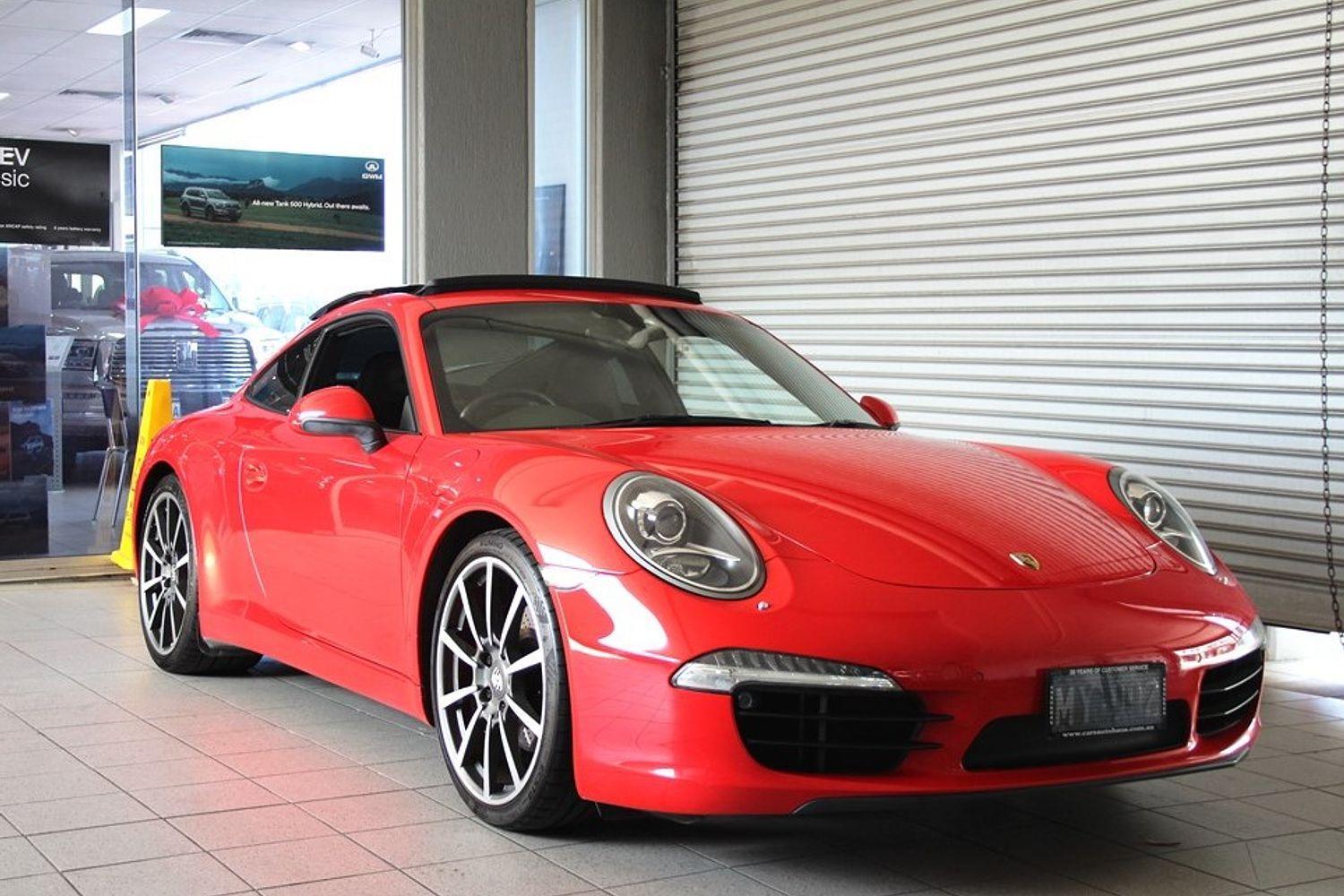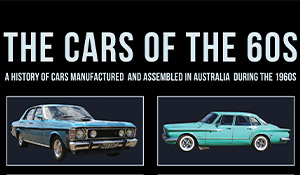National Electric Vehicle Festival
Overcast conditions throughout the day didn't dampen the enthusiasm of enthusiasts and attendees, with many making long journeys to both participate in and witness the event. Organised jointly by the Australian Electric Vehicle Association (AEVA) and Canberra EV, i.e. the Canberra branch of the AEVA, the festival attracted an estimated 10,000+ people - a tremendous achievement given that this was the first time it had been held and the mainstream media had given it relatively little attention.
One of the highlights was the appearance of the only Tesla Roadster in the country, brought to the festival by Simon Hackett, founder and managing director of internet service provider, Internode. To the applause of the public, the Tesla showed its potential to accelerate from zero to 100km/h in 3.9 seconds in demo runs on a closed road. Hackett also offered visitors an opportunity to ride in the passenger seat, which many keenly lined up for! An active promoter of EVs, Hackett recently ran his Tesla in the 2009 Eco Challenge against machines as varied as a Mini diesel, alcohol-powered Postie bike and even an HSV Maloo ute! In the lead-up to the NEVF, Canberra EV hosted a supercar challenge between Hackett's Tesla and an Audi R8. With champion race driver Rick Bates behind the wheel, the Tesla actually outperformed the Audi on the Hillclimb Track at Fairburn near Queanbeyan.
A common theme throughout the cars on display at the festival was that most had been converted by their owners from conventional cars. One example was Kurt van Wijck's 1995 Holden Barina SB, now powered by an X6.7inch motor and 40 3.2 V 160 AH Lithium phosphate batteries, which weigh 5.6 kg each. van Wijck patiently answered questions from the many visitors who wanted to know the intricate details. David Sharp's Daihatsu, which features a solar roof, received a lot of attention, too. Sharp drove the car from Melbourne to Canberra specifically for the event, making a stop about every 100 km to recharge the battery with a generator attached to a sled at the back of the car.Another 'home conversion' was the Daihatsu Charade of festival organiser, Peter Campbell, who also spent a lot of time fielding questions from interested visitors. As further evidence of visitors' interest in electric vehicle conversions, many people studiously read through the two A4 pages of conversion details Peter had stuck on his car.
Sydney-based Kaeron de Clouet had brought his converted Ford Capri, under the banner of The Electric Car Company, as well as an electric Formula V race car (they call it the 'Formula EV'), which does 200 kph. The Formula EV also put on some spectacular demo runs.
The festival was indeed a true celebration of electric vehicles of all sorts and makes. The light rail lobby was there, with maps to show how light electric railways could transform the ACT. There was an abundance of electric scooters, bicycles and tricycles, too. There were two Segway vehicles, to the delight of visitors who were offered an opportunity to try one out, as well as a home-made version of the Segway and an 'American Chariot' EV trike. Another crowd-pleaser was a remotely-controlled robot that demonstrated how to approach, investigate and move suspicious and potentially explosive objects.
There were many stallholders, too, including the Australian National University (ANU) and David Goy, who showed his plans to build an electric sports car in Australia. David has been working on this design for three years and is now seeking capital to build a prototype.
Of course, hybrid electric cars also made a strong appearance at the festival. One of the hybrids on show had been converted from a standard Toyota Prius into a plug-in hybrid electric vehicle (PHEV) by researchers at the University of Technology Sydney Institute for Sustainable Futures, with funding from the Department of Environment and Climate Change NSW (DECC). The PHEV now has a 4.1kWh K2 lithium iron phosphate (LiFePO4) additional battery pack that can be recharged in about 3 hours off a standard 240V power outlet for under $1 on Green Power ($0.22 per kWh). The PHEV can also feed electricity back into the grid at 1.7kW through a standard solar-type inverter. At low speeds, it can drive over 35km in electric-only mode.
Speakers at the festival included politicians highlighting the importance of electric vehicles in the future of transport in Australia, a future that Ben Keneally of Better Place emphasised would start in the nation's capital. Better Place plans to roll out a national network of recharging points and battery swapping stations for electric vehicles, starting in Canberra.
Keneally pointed out that Australia is one of only about 14 countries worldwide that produce a complete car from original design and engineering through to final assembly. The vast majority of people in Australia lives in the suburbs of one of the seven large cities, while doing nearly all of their driving within these cities. Furthermore, Keneally's research showed that more than 50% of households have two or more cars, which makes it easier to make the switch to electric for at least one of the cars, while Australia's low fuel efficiency (11.1 litres per 100km) is a further argument in favor of switching to electric vehicles.
Department of Innovation, Industry, Science and Research statistics show that Australia's automotive exports alone were worth almost $6 billion in 2008. Canberra EV called for more political support for electric vehicles, especially for conversion of existing vehicles to electric, a market which is likely to become huge in future. Canberra EV have presented an action plan to get more electric vehicles on the road, proposing many legislative changes for the ACT and Australia at large.
Another highlight of the festival was the appearance of not one, but two Detroit Electric vintage vehicles, dating back to 1915 and 1917. One was provided by the Sydney powerhouse museum, the other came from Melbourne. Visitors were also offered the rare opportunity to ride in these classic EVs. At the festival's finale, these two old-timers were parked in front of Old Parliament House, making a visual statement that electric vehicles have been around for long enough to justify more attention from politicians. They were joined by more modern vehicles, with their owners proudly posing next to their EVs. The great success of the day makes it likely that many more EV festivals will follow in the future.
To find out more about electric
vehicles in Australia, go to the Australian Electric Vehicle Association website, http://aeva.asn.au or the Canberra branch of the Electric Vehicle Association at www.canberraev.org

















